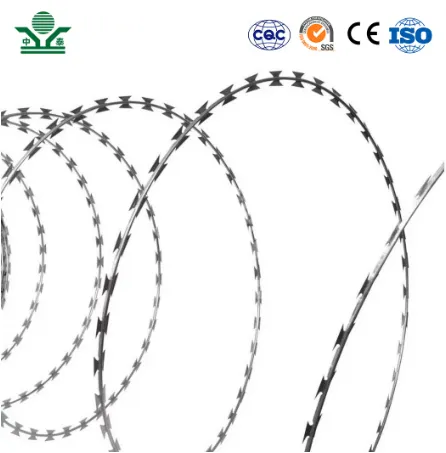Understanding Grounding in Temporary Electric Fences
When it comes to managing livestock or protecting gardens from unwanted animals, temporary electric fences prove to be an effective solution. One key aspect of their functionality is the grounding system. Grounding is crucial for the efficient operation of an electric fence, ensuring that the electrical circuit is complete and facilitating the safe delivery of the electric shock designed to deter animals.
What is Grounding?
Grounding in the context of electric fencing refers to the process of creating a physical connection between the fence and the earth. This connection allows electricity to flow back into the ground after it passes through an animal that comes into contact with the fence. Essentially, the ground acts as a return path for the electrical current, completing the circuit. Without proper grounding, the electric fence would not deliver an effective shock, rendering it useless as a deterrent.
Importance of Grounding in Electric Fences
1. Safety Grounding is vital for safety reasons. If the electric fence is not properly grounded, it can result in erratic behavior of the electric pulses. This could pose a risk not only to animals but also to humans who might inadvertently touch the fence.
2. Effectiveness A well-grounded electric fence delivers consistent shocks, which are necessary for conditioning animals to respect the boundary. The varying intensities of shocks due to inadequate grounding could confuse animals, undermining the purpose of the fence.
3. System Longevity Proper grounding helps in protecting the fence energizer, prolonging the lifespan of the entire fencing system. Without it, the device can suffer from damage due to inconsistent voltage levels.
How to Properly Ground a Temporary Electric Fence
Grounding a temporary electric fence involves several steps to ensure maximum effectiveness and safety
. Here’s a simple guidegrounding temporary electric fence

1. Select the Grounding Rods Use copper or galvanized steel grounding rods, as they provide good conductivity. The length of the rods typically ranges from 3 to 6 feet, depending on the soil type and moisture content.
2. Drive the Grounding Rods into the Soil Ensure that the rods are driven deep into the ground. Ideally, at least 3 feet vertically should be embedded. Wet soils enhance conductivity, so it’s beneficial to install the rods in areas with moist soil.
3. Connect the Ground Wire Use a grounding wire to connect the grounding rods to the electric fence energizer. The wire should be short and direct to minimize resistance and maximize conductivity.
4. Check the Ground System Regularly inspect the grounding rods and connections for corrosion, damage, or loose connections. This helps in maintaining the efficiency of the electric fence.
5. Multiple Grounding Rods In some cases, especially in dry or sandy soils, a single grounding rod may not suffice. In such situations, several rods should be installed in a series or parallel configuration, spaced adequately apart to enhance grounding effectiveness.
Troubleshooting Grounding Issues
If you notice that your electric fence is not functioning as intended, checking the grounding system should be your first step. Common indicators of grounding issues include weak shocks and intermittent performance.
- Testing the System Use a fence tester to measure the voltage at various points along the fence. This will help you identify weak spots or potential grounding failures. - Soil Conditions If the soil is too dry or rocky, consider adding water around the grounding rods or relocating them to a better location.
Conclusion
Grounding is a fundamental component of temporary electric fence systems that significantly impacts their effectiveness and safety. Understanding how to implement and maintain a proper grounding system can lead to successful livestock management and enhanced property protection. By following the guidelines outlined and ensuring regular maintenance, users can maximize the benefits of their electric fencing systems, keeping both animals and gardens secure.
-
Why Galvanized Trench Cover Steel Grating Resists Corrosion
NewsJul.10,2025
-
The Versatility and Strength of Stainless Expanded Metal Mesh
NewsJul.10,2025
-
Load Calculations in Steel Grating Platforms
NewsJul.10,2025
-
Keeping Pets and Kids Safe with Chicken Wire Deck Railing
NewsJul.10,2025
-
Hole Diameter and Pitch for Round Perforated Metal Sheets
NewsJul.10,2025
-
Aluminium Diamond Mesh in Modern Architecture
NewsJul.10,2025
Subscribe now!
Stay up to date with the latest on Fry Steeland industry news.

